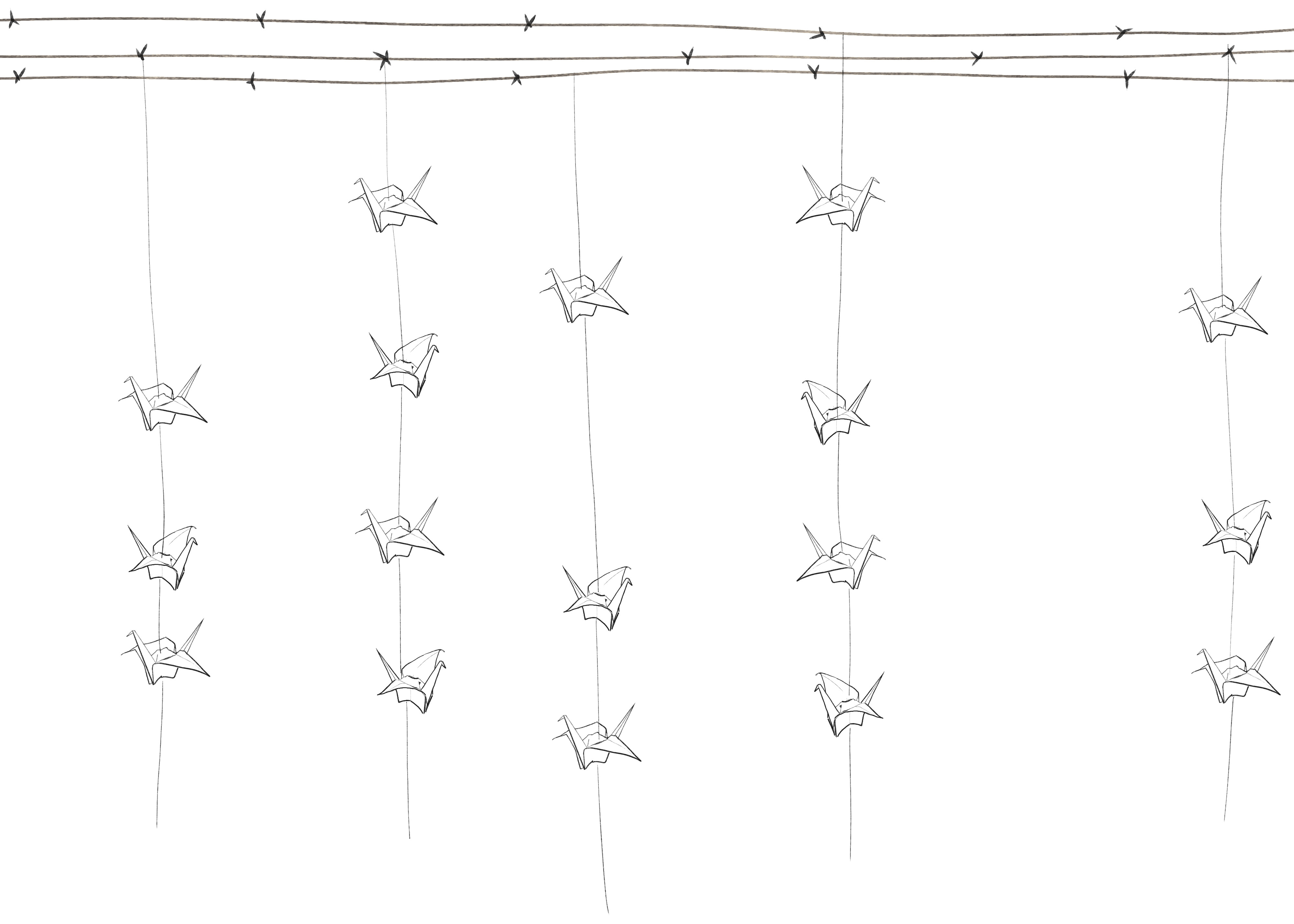The ‘No-Nos’ of Tule Lake
Singled out for failing a ‘loyalty’ test, Japanese Americans incarcerated in a high-security U.S. prison camp during WWII are shedding the stigma and reclaiming their storiesFor years, whenever Japanese Americans would get together after World War II, one question would come up: “Which camp were you in?”
Like where you went to school, what you did for work, and whether you rooted for the Dodgers or the Giants, it was a form of small talk but probed at something deeper. The question referred to 10 wartime prisons where the government locked up more than 120,000 men, women and children, a majority of them U.S. citizens, because of their ethnicity.
Those who answered “Tule Lake” say they were often met with silence, then scorn: “Oh, you were one of those.”
Some even turned away in disgust.
Many of those who were sent to the Northern California camp had answered no to two questions on a loyalty test. One asked whether they would serve in the U.S. military, and the other whether they would swear absolute allegiance to the United States in its war against Japan. They came to be called the “No-Nos,” and they bore the label of being disloyal to America in the government’s eyes.
The stain was so strong that even after President Reagan apologized in 1988 for the “grave wrong” of mass incarceration, some people who had been at Tule Lake felt the need to hide their personal histories, even from their children, to avoid being shunned within the Japanese American community.
This March, 75 years after the closing of Tule Lake, that narrative is changing as survivors tell their stories and reclaim the camp’s legacy, not as one of disloyalty and shame but as one of protest and courage.

The demand that fractured a community
In response to Japan’s bombing of Pearl Harbor on Dec. 7, 1941, the United States, without evidence, labeled anyone of Japanese descent as a potential enemy threat.
In the name of national security, the government’s War Relocation Authority banished most people of Japanese ancestry on the West Coast to stark barracks in remote areas.
Government authorities soon began to discuss what to do with their prisoners. Some felt they could not keep them all indefinitely locked up without charges. They needed a reason to justify releasing people they had labeled as potential enemies.
In February 1943, wartime authorities issued a multi-question survey. It aimed to reveal “tendencies of loyalty or disloyalty,” in part to determine who could be granted leave or drafted into military service. Versions of this “loyalty questionnaire” were handed out to adults in camps as a litmus test for fealty.
The last two questions caused great anxiety. Superficially, they were about military service and loyalty. In essence, they were asking how to be Japanese American, and on whose terms.
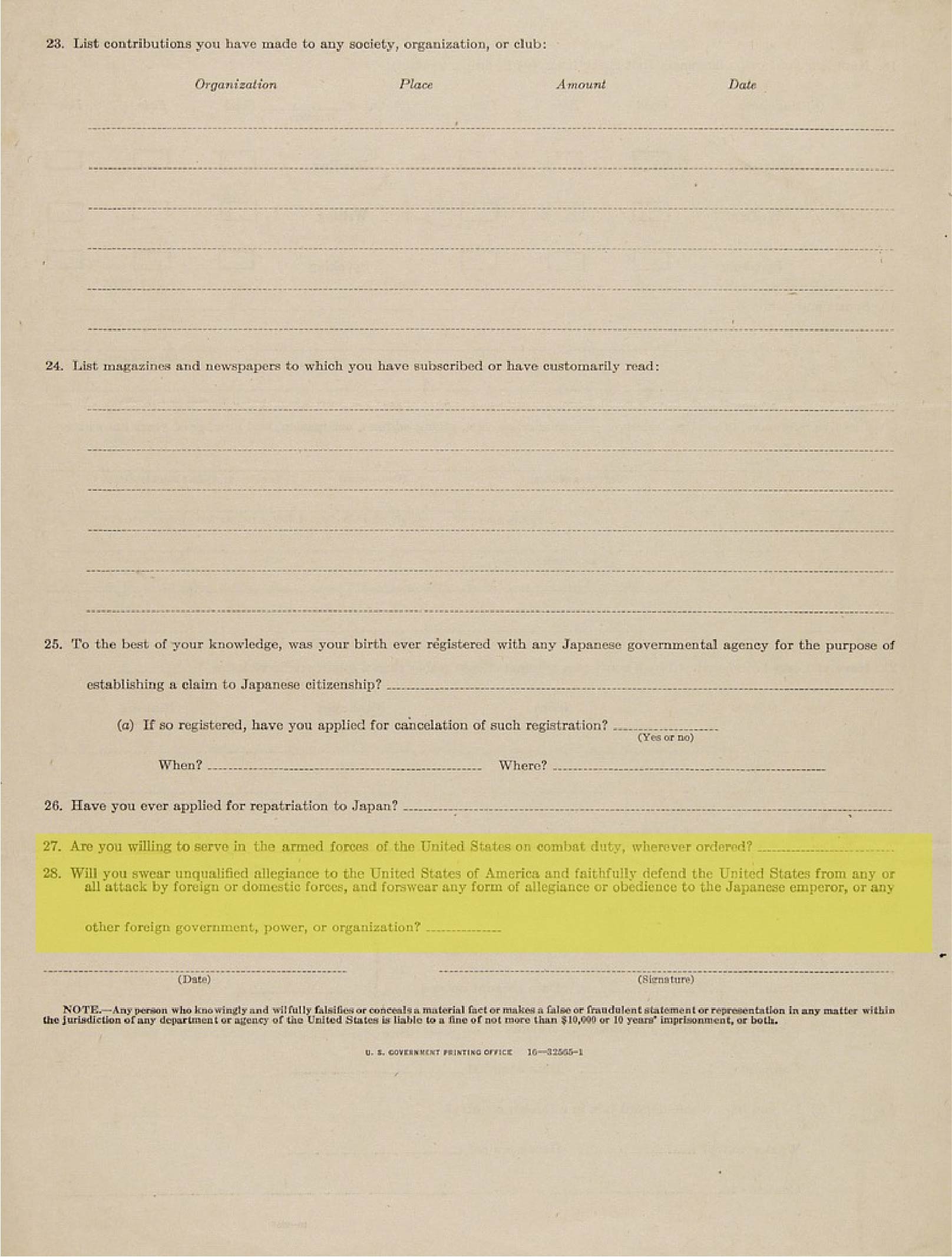
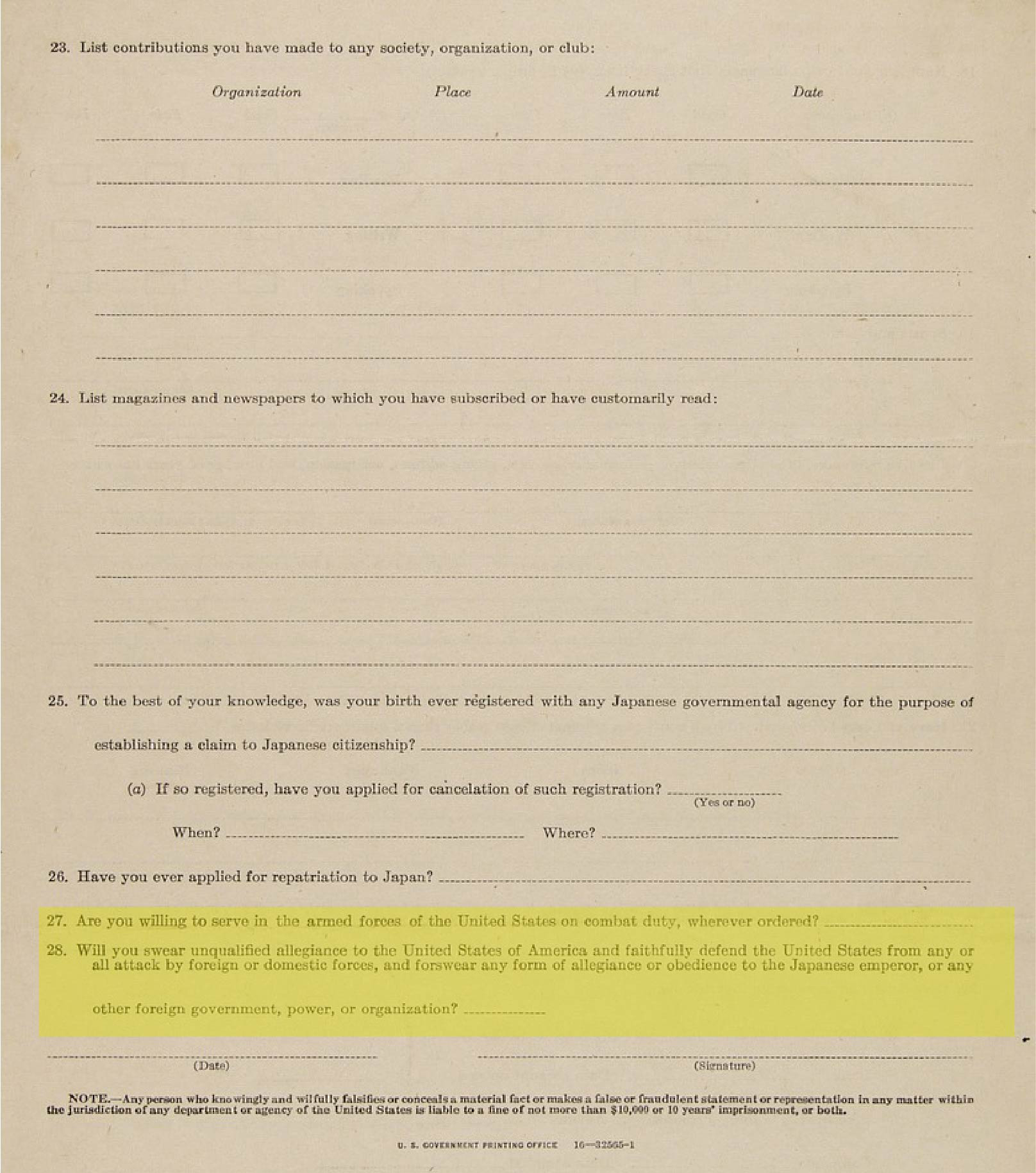
Question 27: Are you willing to serve in the armed forces of the United States on combat duty, wherever ordered?*
Question 28: Will you swear unqualified allegiance to the United States of America and faithfully defend the United States from any or all attack by foreign or domestic forces, and forswear any form of allegiance or obedience to the Japanese emperor, or any other foreign government, power, or organization?**
*Women were asked to volunteer as Army nurses or support staff.
**Those born in Japan, who could not become U.S. citizens, were initially asked to give up their Japanese citizenship. The question was later amended to ask whether they would abide by U.S. laws and not interfere with the war effort.
*Women were asked to volunteer as Army nurses and support staff.
**Those born in Japan, who could not become U.S. citizens, were initially asked to give up their Japanese citizenship. The question was later amended to ask if they would abide by U.S. laws and not interfere with the war effort.
People had to make decisions based on very little information from the government, not knowing how their responses would be used.
Did saying yes to question 27 mean you would be sent away to fight?
Was Question 28 a Catch-22? If answering yes meant admitting you had a preexisting allegiance to Japan, were you justifying your own imprisonment? If answering no indicated disloyalty to the government, were you justifying your continued detainment?
Yes-or-no questions could not capture the complexity of their dilemma, survivors said in oral histories collected by historians.
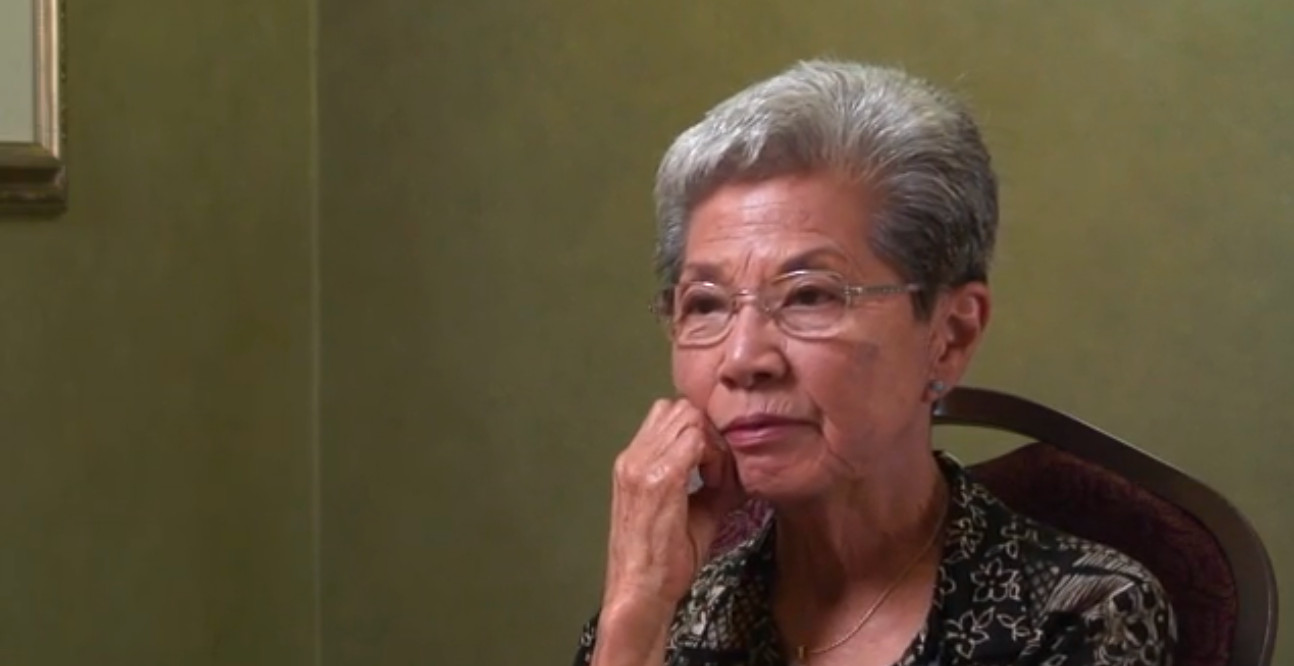
To continue our lives, you had to answer in a way that allowed you to do so. And I respect the people who questioned its legitimacy, but I’m more of a practical person, I guess.”
Rose Tanaka, who answered“Yes, Yes”
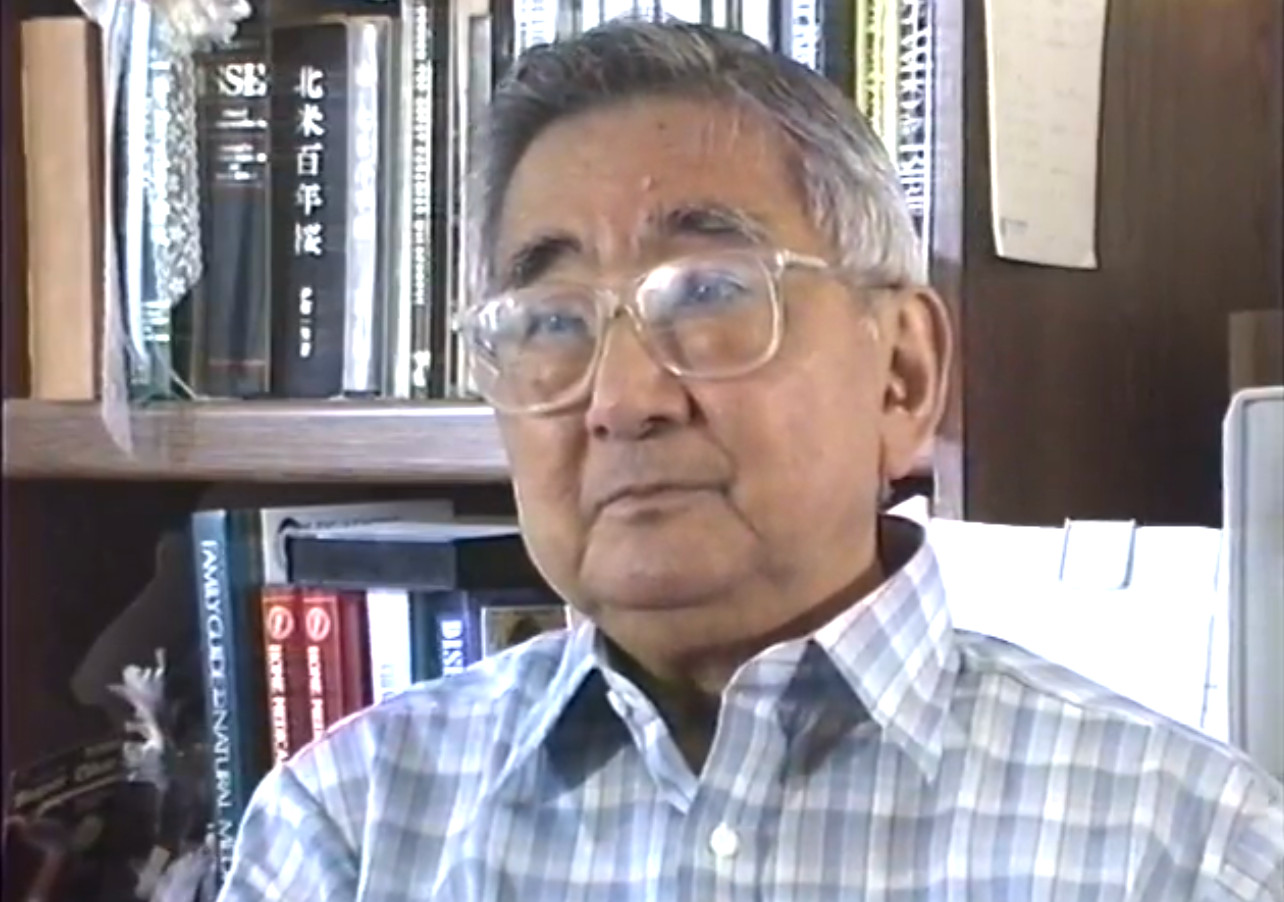
I said I would go anywhere they want to send me, but I said no to No. 28...I saw that...they’re making it so that the blame will be on me, and I didn’t want to incriminate myself. If I had said yes, that meant the government had every right to put us in camp.”
Jim Akutsu, who answered“Yes, No”
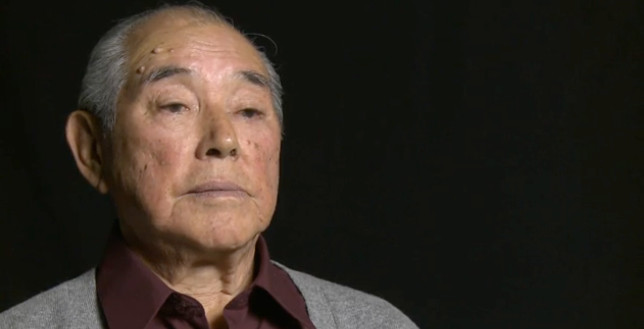
I got no allegiance to Japan; I never been there.... And they said, ‘All the No-Nos we’re going to ship into Tule Lake; we’re going to ship ’em to Japan.’ I got nobody in Japan. I’m not going to Japan.”
Fred Oda, who answered“Yes, Yes”
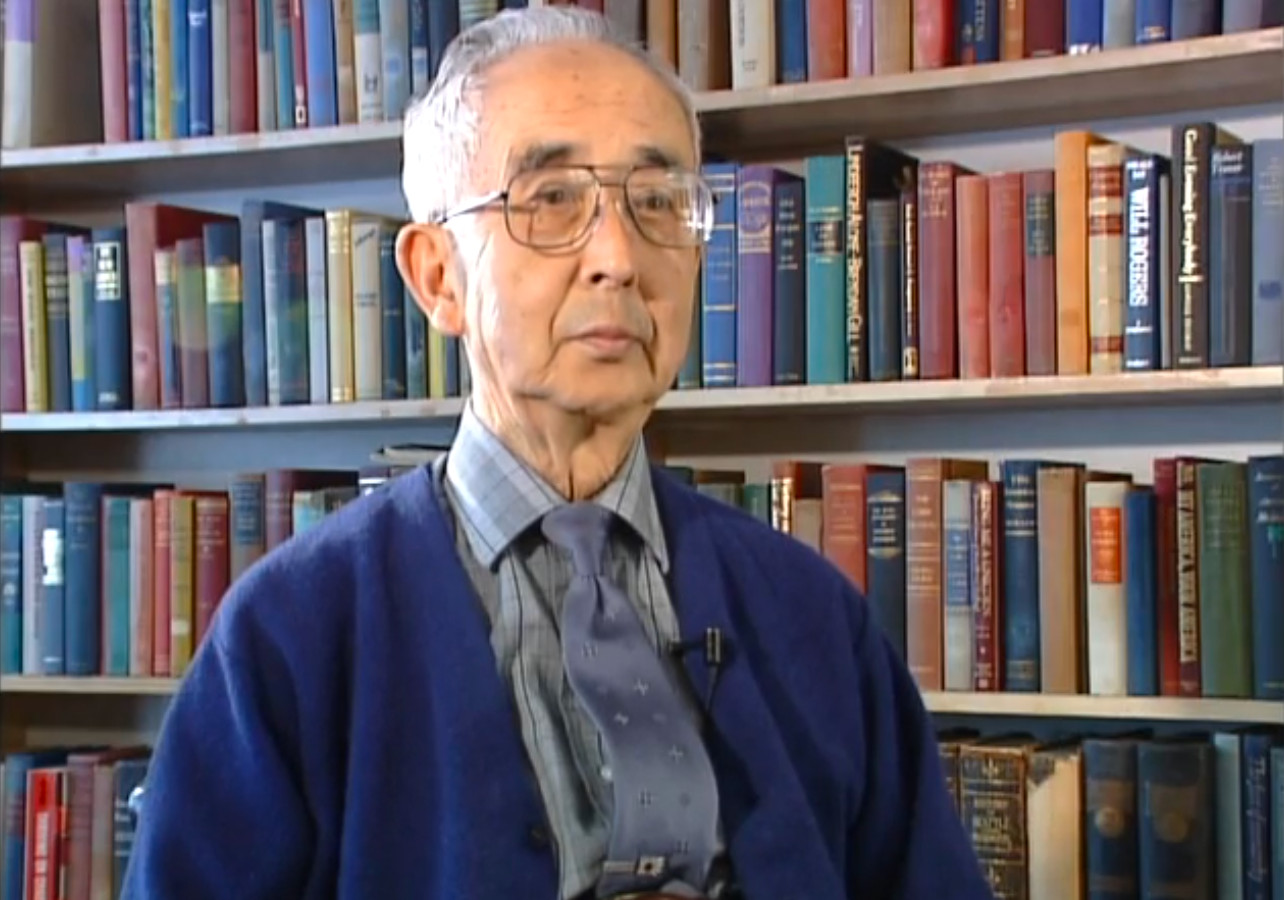
I made no secret of the fact that I was going to say no.... I was not about to become a man without a country.”
Shosuke Sasaki, who had Japanese citizenship. Officials amended Question 28 before he had to answer.
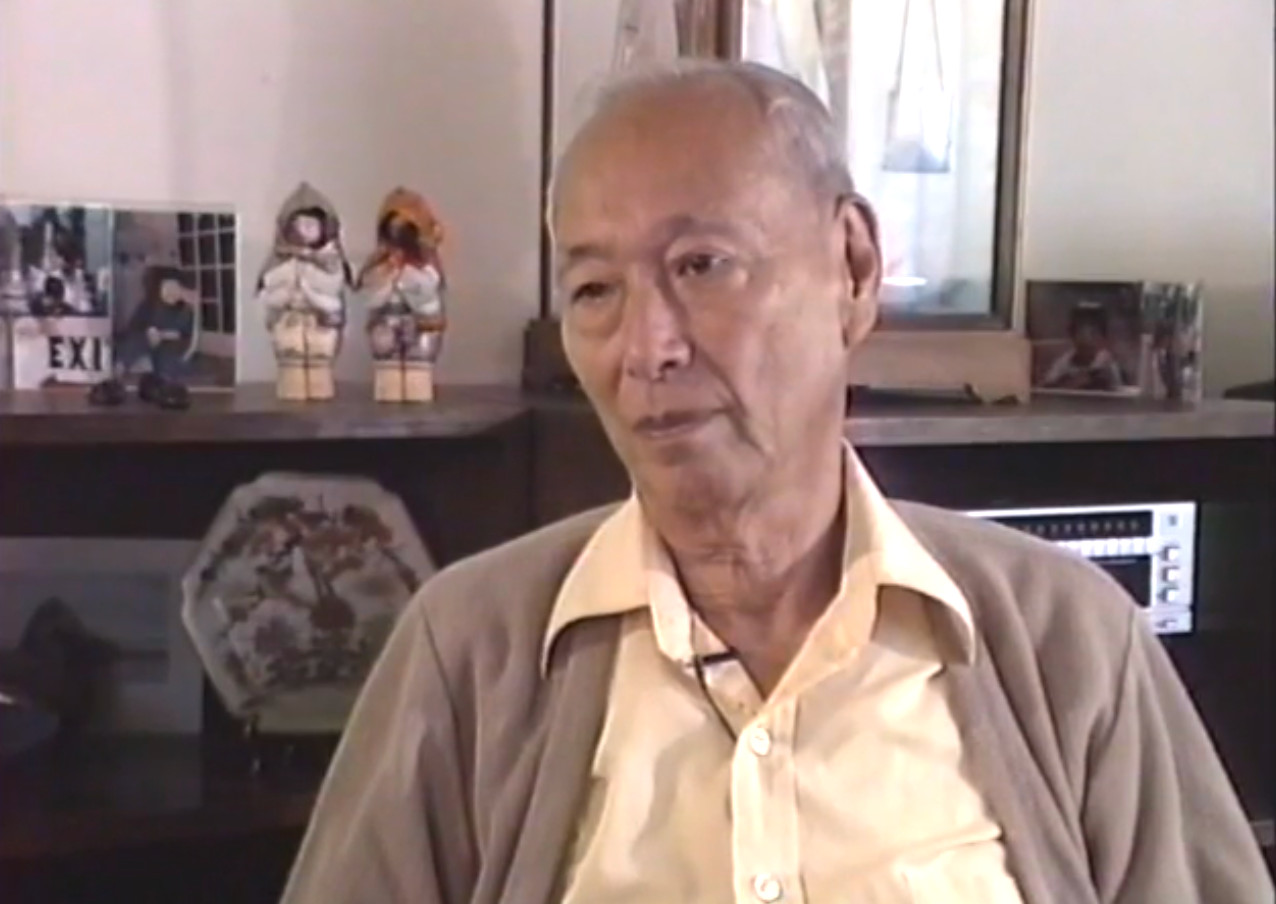
My sisters were still quite young and my parents... were aliens. The big thing that we had in mind was being sent back to Japan.... I feel my government has forsaken me, and so I decided that I’ll stick with the family unit.”
Akio Hoshino, who answered“No, No”
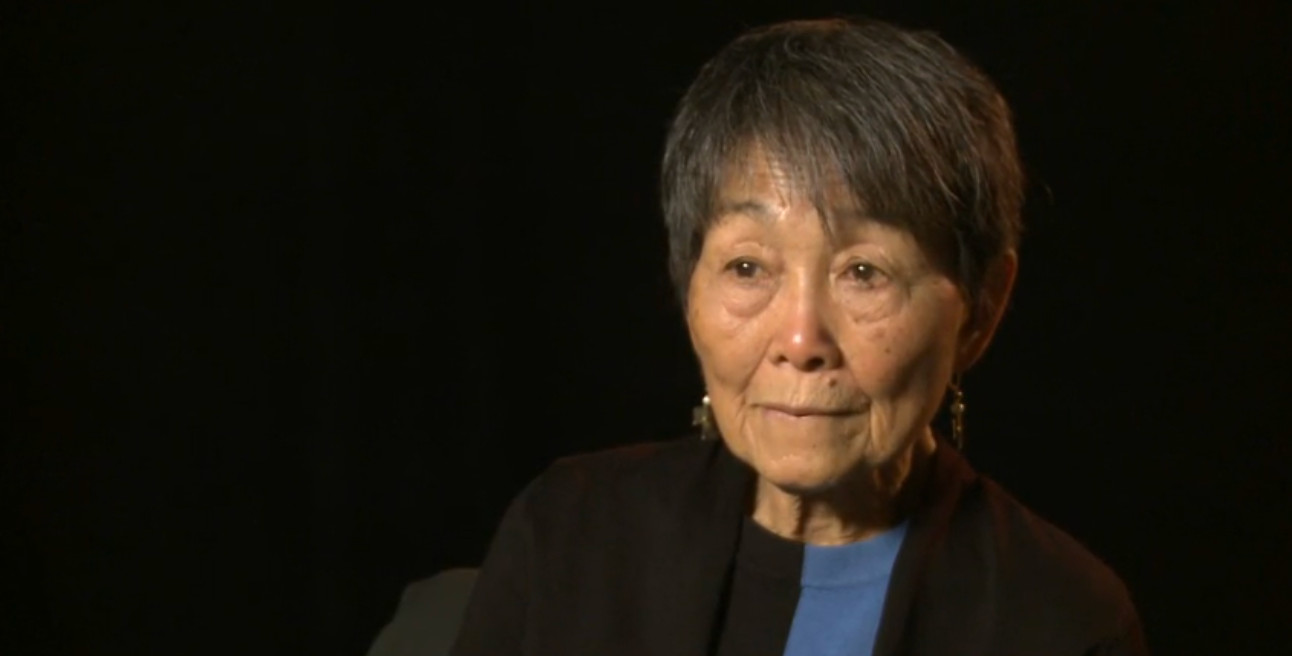
He... was a citizen, his children are citizens, so they need to grow up, go to school and so forth.... I think he had said no at first but then changed.... But there were neighbors who were friends, who called him traitor, I guess — inu.”
May Ohmura Watanabe, whose father answered yes to Question 28
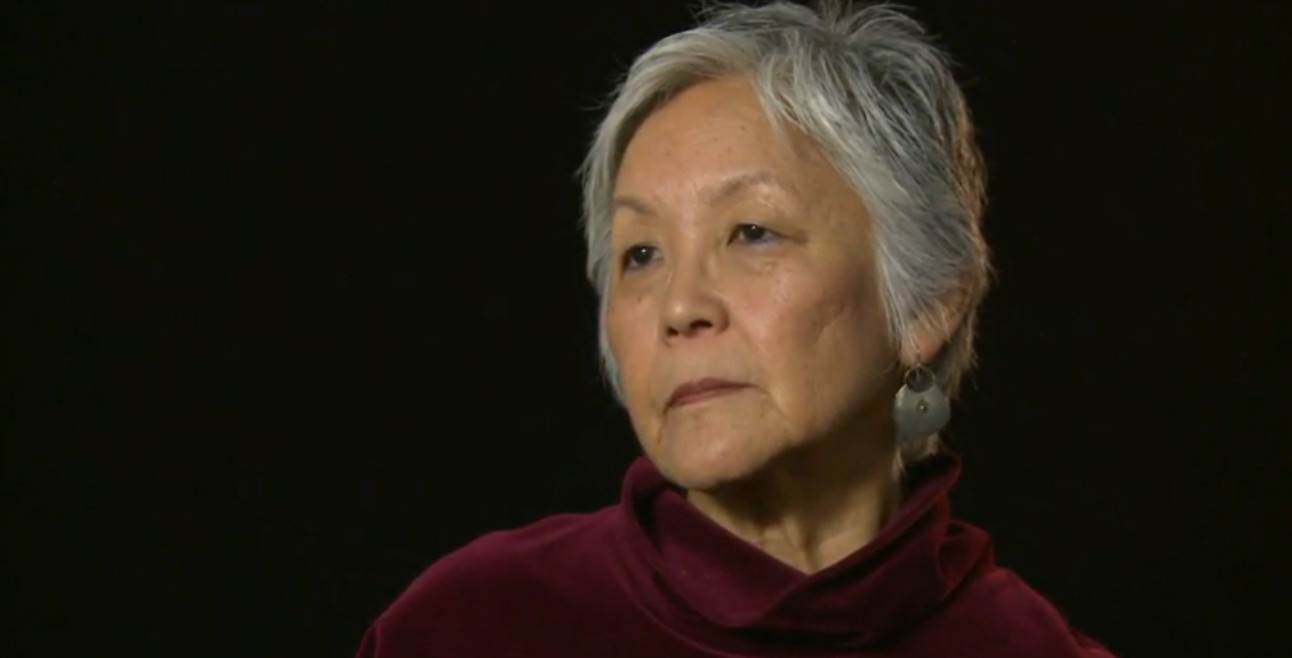
In my mother’s diary, she actually writes, ‘Without our constitutional rights, we will answer no.’”
Satsuki Ina, whose parents answered“No, No”
How to answer these questions created a rift within the community that lasted for decades.
Among those who said yes, many felt they had to keep proving their loyalty as Americans to gain acceptance in their fight for equality, despite the indignity of the questions. They would swallow their anger and keep sacrificing their freedoms, in camp or in combat, in the hopes that their actions would underscore the injustice of their incarceration.
Some even excoriated those who disagreed with them for making the community look bad, which seeded the resentment toward the No-Nos.
The government treated anything other than a yes as a sign of disloyalty and moved to isolate those who said no.
They chose Tule Lake, where 41% of the inmates did not say yes, in part because so many people had refused to fill out the questionnaire.
In July 1943, the government converted Tule Lake into a maximum-security prison to hold all of the No-Nos. Approximately 12,000 people from the nine other camps who had said no or refused to answer were moved to join about 6,250 people already at Tule Lake.

The prison within a prison
The Tule Lake camp sits in the northeastern corner of California in a flat and treeless basin that was drained for farmland in the 1920s.
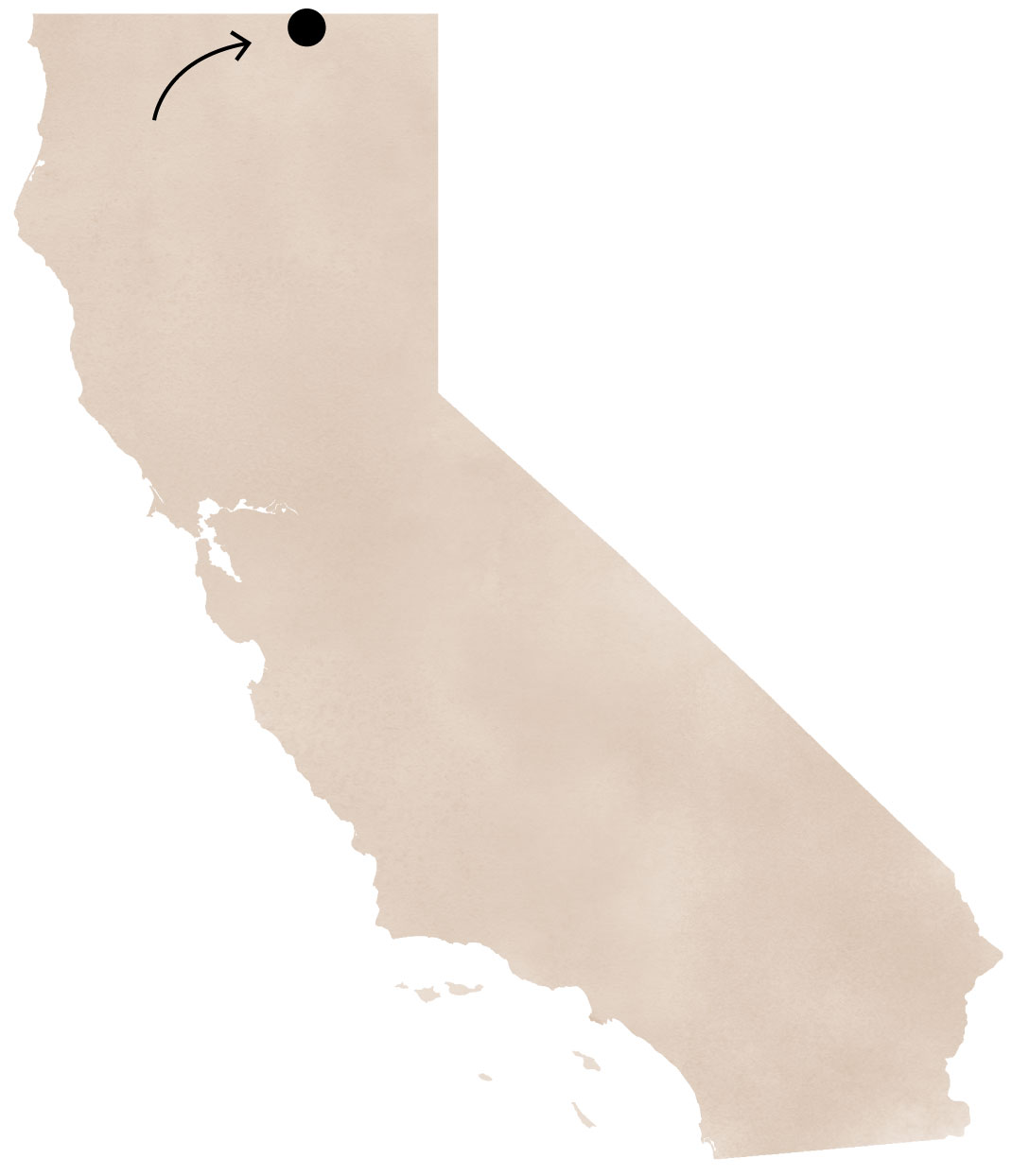
Tule Lake
site
Before it became a center for No-Nos, it was comparable to the other camps. Afterward, it was defined by a fence topped with barbed wire, with 28 guard towers, Army tanks and a battalion of soldiers.
“Incarceration was a prison environment, and Tule Lake was the most prison-like of all the camps,” said Barbara Takei, 71, who has been researching Tule Lake for two decades.
Camp authorities viewed mass gatherings with fear and suspicion. When inmates went on strike to protest wretched working conditions, authorities brought strikebreakers in from other camps. Community leaders who tried to negotiate for better amenities were thrown in the stockade, a prison within a prison. Armed soldiers conducted dragnet-style sweeps through the camp to ferret out anyone who went into hiding. The Army declared martial law in Tule Lake for two months.
Former California Assemblyman George Nakano (D-Torrance), 85, recalls that one day, as a boy of 9, he headed to the camp’s canal for a swim. As he and his friends were about to jump in, a guard in a tower threatened them with his rifle for being too close to the fence.
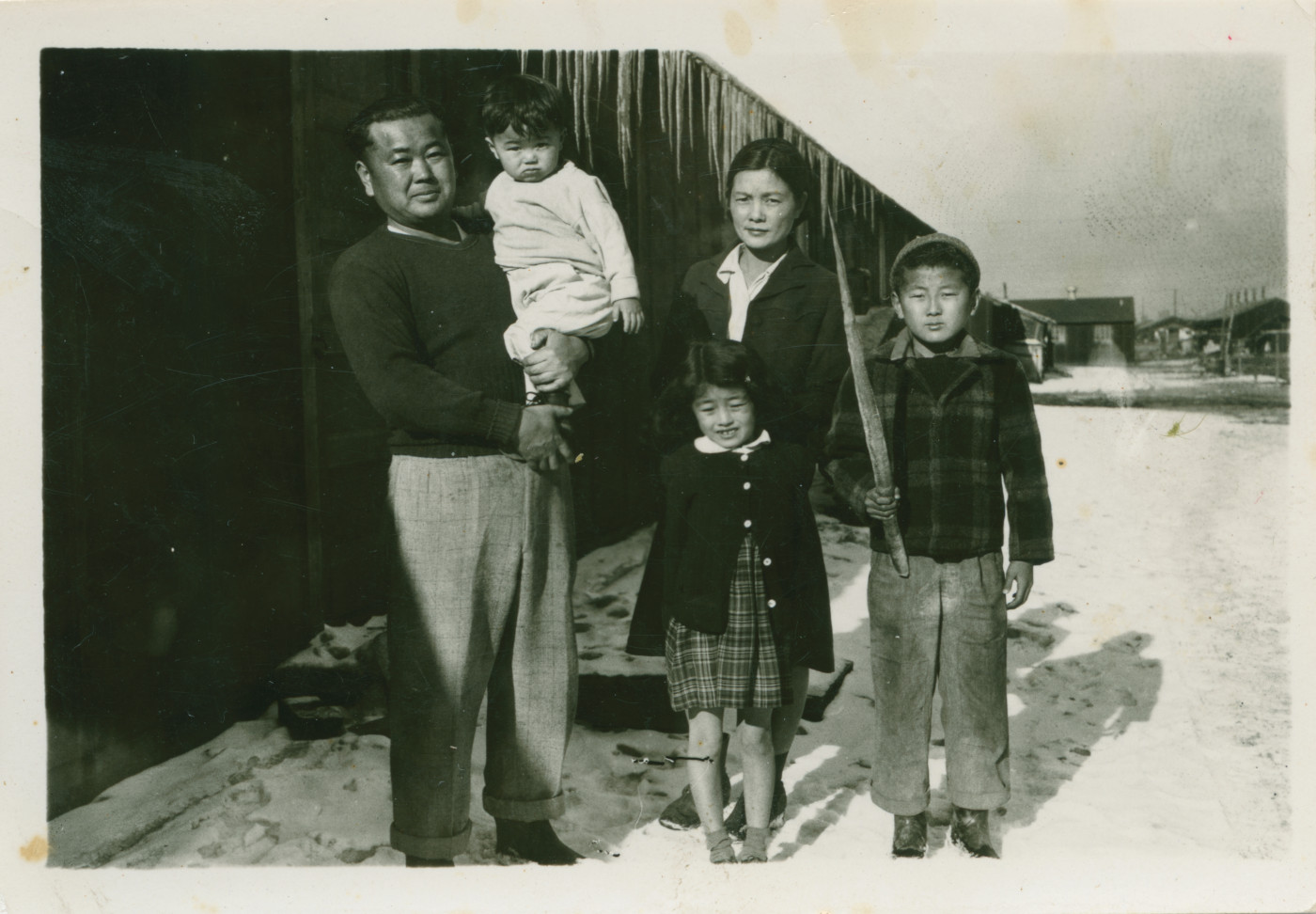
Complicating camp dynamics, No-Nos from other camps were mixed with inmates already at Tule Lake. Factions sprung up, rumors ran rampant, and paid informants within the prisoner population made it difficult to know who could be trusted and what was true.
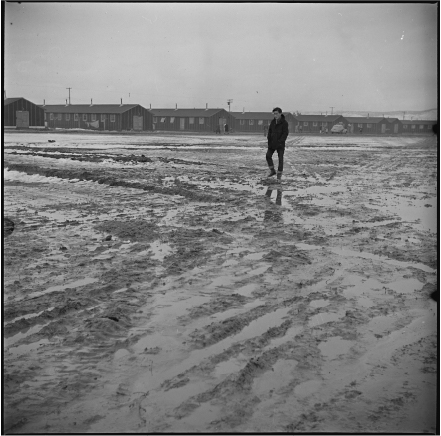
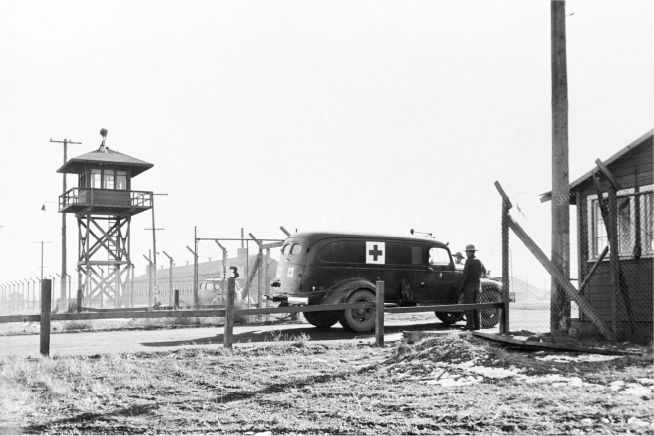
As the war drew to an end, the government began to plan for the closing of the camps. Incarcerated people at Tule Lake were asked whether they would stay in America or renounce their citizenship.
Some who decided to give up their citizenship had become disillusioned by how their country had treated them. Others had lost everything during incarceration and had no home to return to. Thanks to overseas propaganda carried over by short-wave radio, some believed that Japan was winning the war. Others feared their family would be separated if their immigrant parents were deported, so they renounced to ensure they stayed together.
Altogether, 5,589 citizens — 98% of whom were incarcerated at Tule Lake — gave up their American citizenship.
When Japan announced on Aug. 15, 1945, that it would surrender, and it had become clear that the country had been devastated during the war, many tried to reverse course — but it was too late. They were designated enemy aliens and prepared for deportation.
Some went to Japan. Some were left fighting their deportation when Tule Lake closed.

A new legacy
The trauma of incarceration didn’t vanish after camp.
Japanese Americans were suddenly living among neighbors who had supported their incarceration and saw them as no different than the enemies America had just fought in the Pacific theater.
There was a palpable fear that you could be targeted again if you stepped out of line, said Satsuki Ina, 76, a psychotherapist and documentary filmmaker who was born at Tule Lake. “People lived behind psychological barbed wire to be accepted.”
One post-war coping strategy was to be the model minority, Ina said. The other was to stay silent.
Parents demanded that their children pursue stable and secure careers after living through the nerve wracking uncertainty of incarceration. Children felt distant from parents who struggled to express their feelings.
Tule Lake No-Nos were further isolated for their resistance, which was viewed as disloyalty. The Japanese American Citizens League, one of the biggest groups within the community, formally condemned the No-Nos, a move they apologized for in 2019.
Ina didn’t learn her parents had renounced their citizenship at Tule Lake until she was a college student at UC Berkeley during the Free Speech movement in the 1960s.
Her mother had omitted this part of their family history because she feared her children would be ashamed of them, said Ina.
“Stigma silences and shrouds you in shame,” Ina said. “Healing comes from speaking our truths, being seen and heard in the safety and company of those who are open and empathetic to our experiences.”
Since 1969, former inmates, students and others have been making trips to Tule Lake to revisit, learn and remember.
These trips evolved into biannual pilgrimages organized by the Tule Lake Committee, said Takei, who is also the committee's chief financial officer.
In the last 20 years, the committee has focused its efforts on validating the history of principled protest and resistance at Tule Lake. The 2004 pilgrimage recognized No-Nos, renunciants, and the attorney who fought to restore their citizenship.
“There is solace in returning to the site where violations occurred, and to be able to share and mourn with others who were subjected to the same dehumanizing treatment,” said Nakano, the former state assemblyman. He returned to Tule Lake for the first time in 2004 to recognize that lawyer, Wayne Collins.
Grace Hata, 90, whose family was separated during incarceration until it reunited briefly at Tule Lake, said she had long tried to block out the memories. She never wanted to go back. But when she joined a Tule Lake Committee pilgrimage in 2012, she was able to meet people who could explain the situation and help her put things in perspective.
“I don’t feel the guilt,” Hata said. “I don’t feel like a traitor. I don’t feel bad like that anymore because it was the situation that drove us to having to make that choice.”
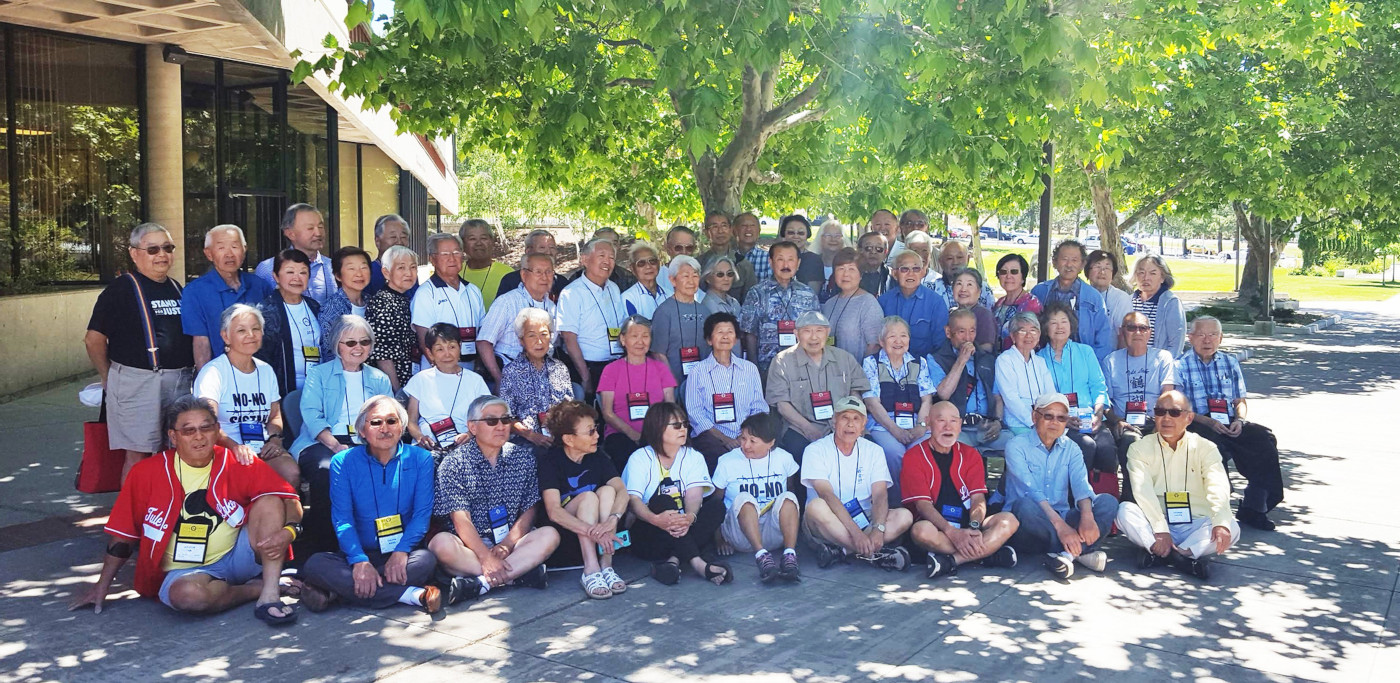
Ina credits the committee for challenging the “biased and distorted” narrative that their government-sanctioned segregation stemmed from disloyalty.
The committee’s most recent trip, in 2018, came soon after the Trump administration was harshly criticized for separating immigrant families at the border with Mexico. Those incarcerated at Tule Lake as children came out in force to protest the separations from the site of the Tule Lake jail, drawing parallels with their own experiences.
From there, Ina and others teamed up with younger activists to form Tsuru for Solidarity. The social justice group draws its inspiration and its name from the Japanese word for “crane,” which symbolizes peace and freedom. They protest against immigrant detention centers across the country.
“There was no organized protest when we were incarcerated,” Ina said. “Now we use our culture, values and personal histories to protest the repetition of that history.”
